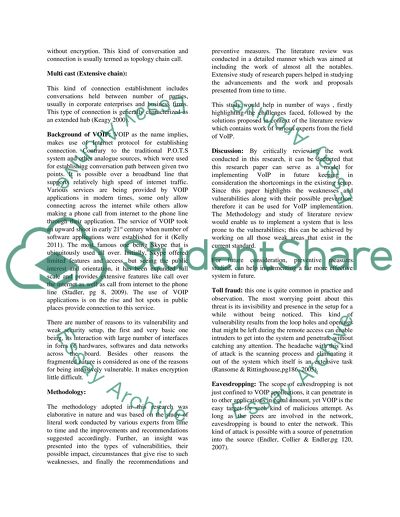Cite this document
(“Voice over Internet Protocol Security Vulnerability and Risk Analysis Literature review”, n.d.)
Retrieved from https://studentshare.org/information-technology/1397530-voice-over-internet-protocol-security-vulnerability-and-risk-analysis
Retrieved from https://studentshare.org/information-technology/1397530-voice-over-internet-protocol-security-vulnerability-and-risk-analysis
(Voice over Internet Protocol Security Vulnerability and Risk Analysis Literature Review)
https://studentshare.org/information-technology/1397530-voice-over-internet-protocol-security-vulnerability-and-risk-analysis.
https://studentshare.org/information-technology/1397530-voice-over-internet-protocol-security-vulnerability-and-risk-analysis.
“Voice over Internet Protocol Security Vulnerability and Risk Analysis Literature Review”, n.d. https://studentshare.org/information-technology/1397530-voice-over-internet-protocol-security-vulnerability-and-risk-analysis.


